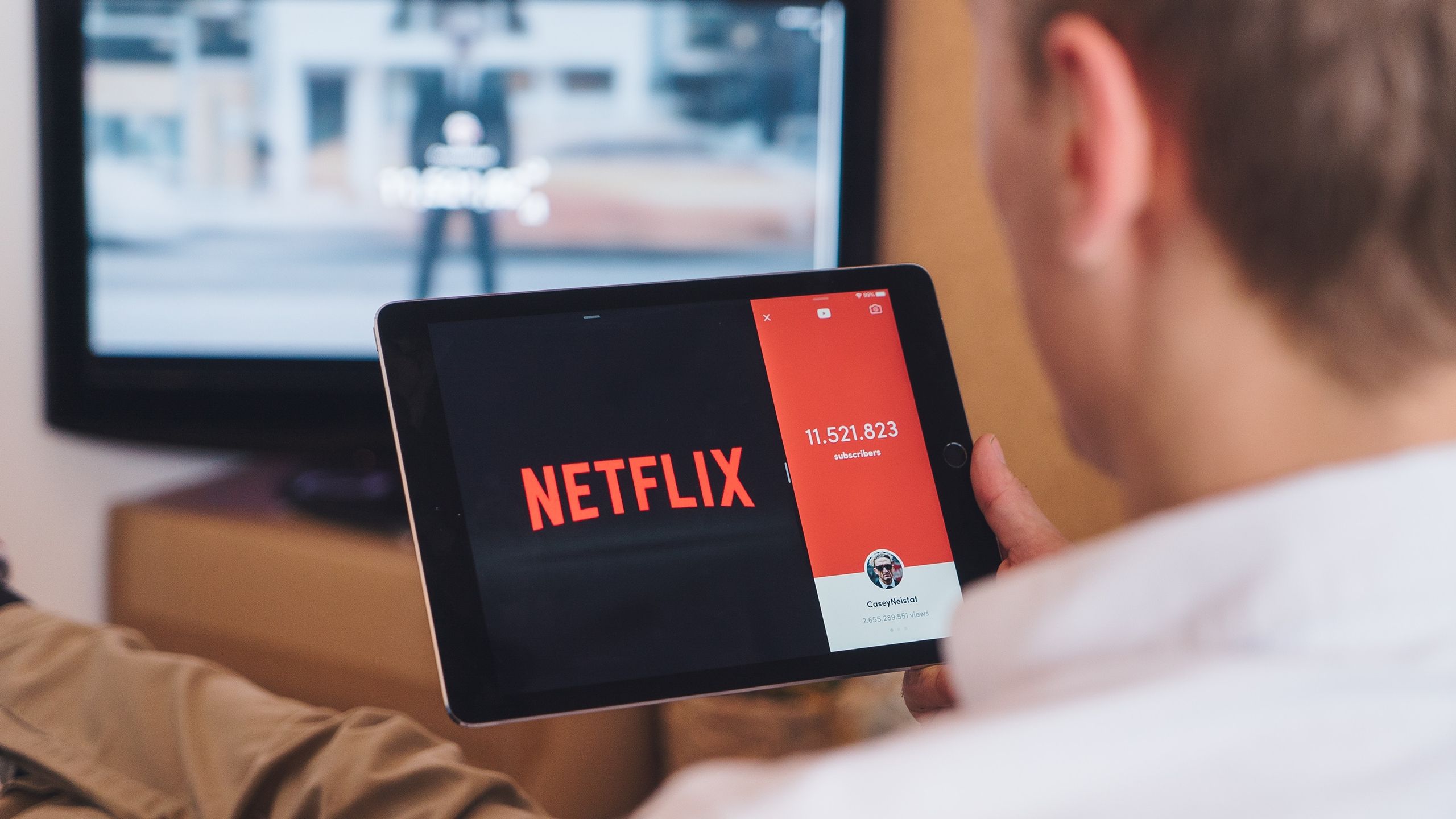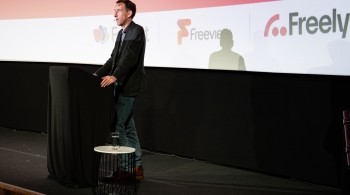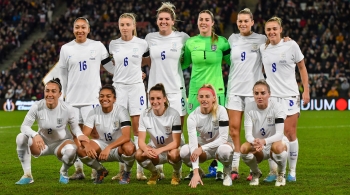This week saw the publication of Ofcom’s media nations report – a trove of statistical treasures for all nerds like me who want to know how people are changing the ways in which they watch TV.
Despite being an evidence-based, economic regulator, having worked at Ofcom, I know their Comms Team always have an eye for a good story. And the media lapped up this report with a wealth of coverage, although it wasn’t always clear quite what conclusion to reach…
Traditional TV viewing holds off streaming, Ofcom reveals” claimed the BBC…
…whilst the Guardian argued that “More Bodyguards and Love Islands needed as UK viewers desert TV.

The report does paint a very mixed picture, hence the conflicting headlines. It highlights what a complex TV world that viewers face nowadays. The decline in ‘traditional viewing’ (which Ofcom define as live or within 28 days of live) continues and indeed there are signs of this trend accelerating.
Amongst 16-24 year old viewers the changes in viewing behaviour are particularly stark, contrasting with older demographics whose viewing behaviour has barely changed. The proportion of younger viewing dominated by YouTube is not a surprise to anyone who has kids – but it is a useful reminder that in a market that is sometimes a little too obsessed by Netflix, it is YouTube that is arguably driving the most radical changes in the way people watch TV.
But despite this, live TV remains the most common form of TV viewing, with 62% of respondents saying they watch live TV for specific programmes. Traditional viewing more broadly – including catch-up within 28 days – accounts for 69%. If viewers are deserting live TV for the streamers, they’re still spending a lot of time doing the thing they’re supposedly deserting.
What the report also highlights is that viewers continue to value the investment that British broadcasters make in original British programming.
Alongside the wall-to-wall (or that should be row-to-row) US serial drama output on Netflix, viewers continue to want quality UK dramas, trusted news, and reflections of British life and values, from television that has a unique ability to be locally and globally relevant at the same time.
This remains a refreshing antidote to the nudges of auto-binge mechanics and seemingly labyrinthine libraries of archive content that have become synonymous with the streamers.
And whilst Ofcom did a neat trick of working out how many Bodyguards and Line of Duties the PSBs would be required to make to off-set the decline of their viewing share caused by the VOD explosion (34 Bodyguards and 14 Love Islands in case you were wondering), the more important analysis in the report was of the PSB’s investment in original content.
Ofcom highlight that the SVOD players offer a limited range of UK content on their services, compared to the British public service broadcasters who spent almost £2.6bn.
Netflix and Amazon are estimated to spend just a few hundred million dollars on original British production per annum. The UK’s public service broadcasters – BBC, ITV, Channel 4, Channel 5 and S4C – showed more than 125 times more original, homegrown shows than the overseas streaming platforms. Combined, they delivered 32,000 hours of original, homegrown productions in 2018 compared with the 221 hours made available by the subscription video-on-demand services.
A striking reminder of what’s at stake - what would be lost – if future generations turn exclusively to the global services.
Ofcom’s excellent report sets out clearly the speed and scale of change in the British TV landscape. But it also confirms that public service broadcasters – backed by the unique ease and accessibility of the EPG – are the bastions of meaningful content choice designed for viewers to choose the content, rather than the content choose itself. And most importantly, they’re free and available to everyone to watch too.
As the global online players continue to reshape the market and find new audiences, it is vital to ensure that UK broadcasters can continue to make, and viewers can easily find British, free-to-view content.
Of course, protecting the PSBs isn’t without its challenges, as the streaming giants are inescapably continuing to find new audiences. Meeting their rise will require a co-ordinated and policy-backed response.
Industry itself has much to do over the years ahead, and is rising to the challenge. But is equally essential that government and parliament act to ensure audiences can enjoy the best public service content.



